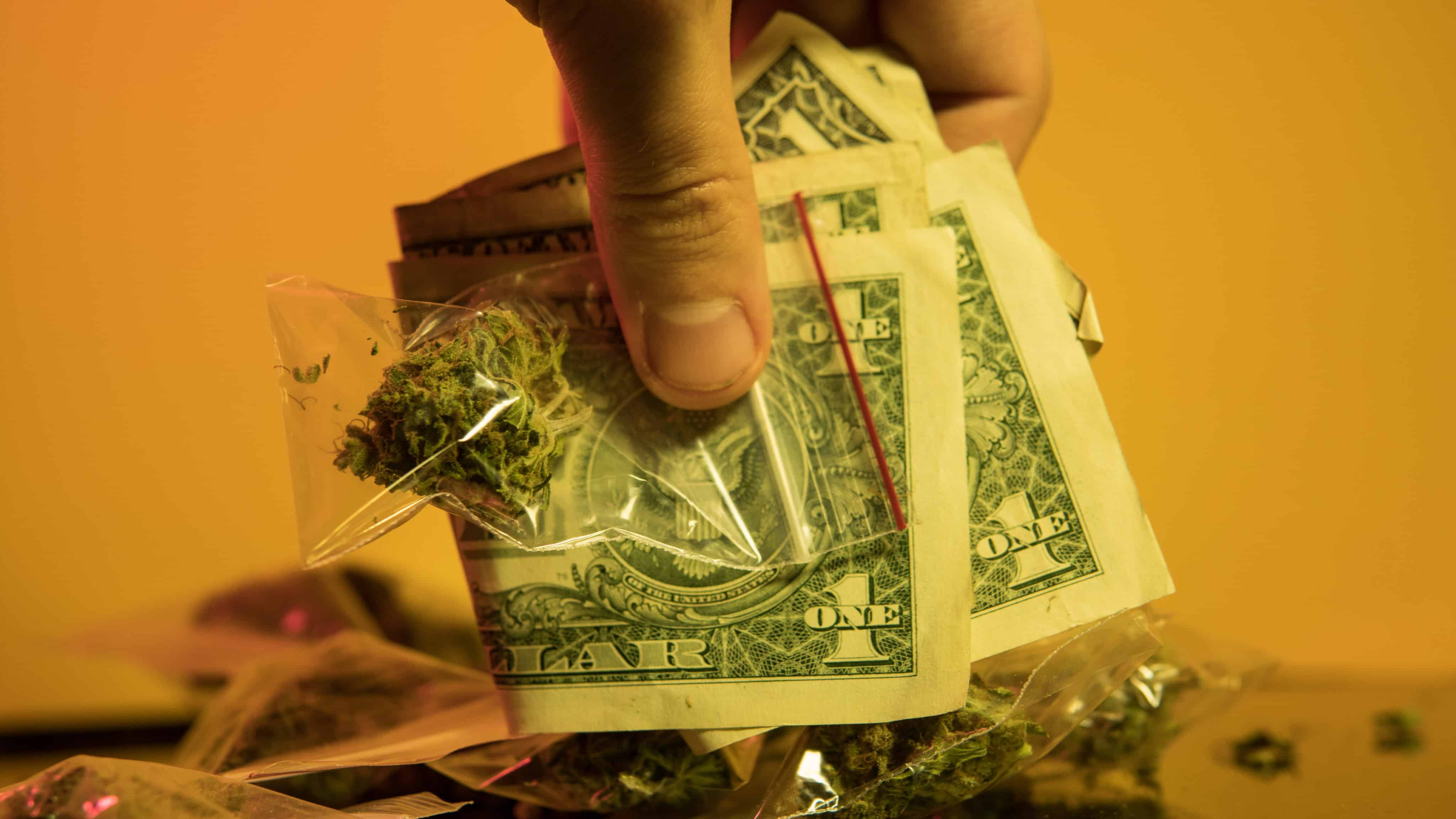With Demand Outpaced by Supply, Oregon Weed Retailers Lower Prices
FeaturedOregonTrending Stories November 15, 2022 MJ Shareholders 0

Harvest and sales numbers both plunged last month in Oregon, and the result could be cheaper cannabis for consumers.
That is the upshot of a report by local news station KOIN, which cited the Oregon Liquor and Cannabis Commission’s data showing “that in October 2021, nearly $94 million went to the state’s cannabis industry,” while last month, the industry received only about $79 million in total sales.
The station reported that the Oregon Liquor and Cannabis Commission also “reported 5.3 million wet pounds harvested by all producers” in October of last year, while last month, “that number fell to 4.1 million.”
“The September/October time frame is a harvest ‘window’ for outdoor cannabis grows in southern Oregon,” Mark Pettinger, spokesperson for the Oregon Liquor and Cannabis Commission told the station. “The actual harvest time is based on when cannabis farmers get their crop in the ground. Late rains pushed out the planting time this year. Also, the lengthy sunny and warm weather this fall probably affected decisions about when to harvest.”
“On the demand side, cannabis sales saw some significant spikes during the pandemic when consumers had fewer choices on how to use their discretionary income. Also, there was a fair amount of federal stimulus money that probably accounted for some of those increases. Since legalization in 2016 Oregon cannabis sales had been experiencing steady year-over-year increases,” Pettinger added.
Indeed, after cannabis retailers across the country saw a dramatic bump in sales in the age of quarantine, the industry has careened back to earth in recent months, particularly as inflation continues to tighten consumers’ pocketbooks.
KOIN reported in August that the “pandemic boom may be coming to an end for Oregon’s cannabis industry,” with the state experiencing a steady decline in revenue from April onward. That downward trend followed two consecutive years in which the state topped $1 billion in sales.
“In June, sales totalled $82,723,244. It’s only the second time sales have dropped below $84 million since the start of the pandemic,” the station reported at the time. Experts said there are several factors contributing to the decrease in dollars sold, a few of which include consumer trends, the role inflation is playing on the market and the price at which retailers can sell their products.”
Oregon marijuana consumers who are feeling the pinch of inflation may enjoy some relief from this trend. As KOIN reported, the drop in prices “may benefit consumers who want the same quality of cannabis for less money, but buyers and sellers in the industry are put at a disadvantage.”
“The way that all states have set up their system is that whatever you grow and produce and do product manufacturing for and retail, it all has to be contained within the state,” Beau Whitney, a cannabis industry consultant, told the local station. “When you have an ‘everything contained in the state’ mentality, there’s not enough consumers to go around to handle all of that supply right in the state… when there’s oversupply and not enough demand, then prices go down because firms will get desperate. They’ll want to sell their product.”
“What cultivators have done is they’ve stopped cultivating,” Whitney added. “They’ve reduced the amount of square feet or acres that they’re deploying for further cannabis cultivation because if they grow it, but they can’t sell it, then what’s the point? It’s just like throwing money down the toilet.”
Oregon voters legalized adult-use cannabis by approving a ballot measure in 2014. Legal pot sales began the following year.
MJ Shareholders
MJShareholders.com is the largest dedicated financial network and leading corporate communications firm serving the legal cannabis industry. Our network aims to connect public marijuana companies with these focused cannabis audiences across the US and Canada that are critical for growth: Short and long term cannabis investors Active funding sources Mainstream media Business leaders Cannabis consumers










No comments so far.
Be first to leave comment below.